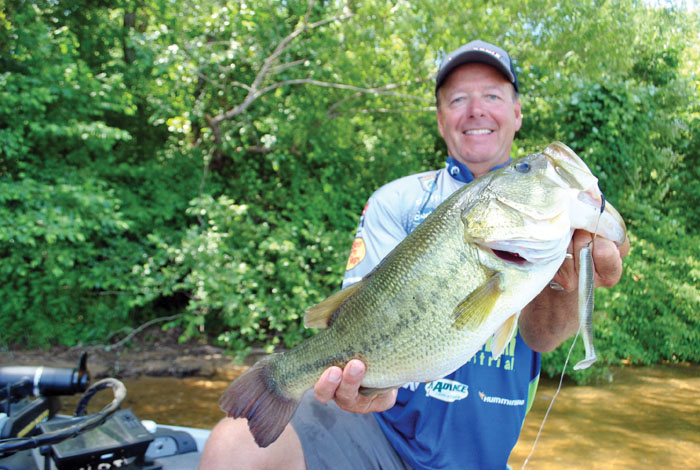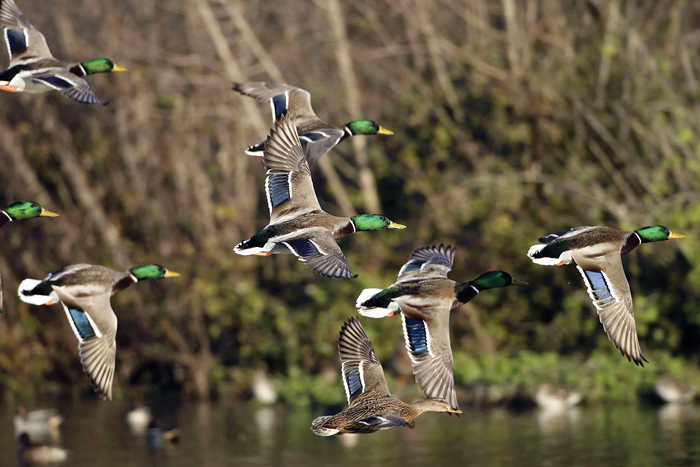Hudson column: Choosing lures
Published 12:00 am Thursday, March 24, 2011
How do you decide which lure to throw when bass fishing? There are many factors to consider before you tie your first knot.
For instance, do you expect the bass to be lazy or aggressive? Will they be shallow or deep? What do the baitfish look like? Is the water clear or dirty? What is the water temperature? Time of year, time of day and the weather are factors as well.
Only when you can answer these questions are you ready to think about what lure you should throw and how you should retrieve it. The following generalizations can be very helpful in this regard.
First, the time of year is critical. That is because the bass’ life cycle is a good predictor for bass behavior. In winter, bass are literally chilling out on the bottom doing almost nothing. In spring, they feed aggressively and spawn in shallow water. That happens when the water is around 65 degrees. After a short recovery period, bass spend the summer aggressively feeding at dawn and dusk. In fall, bass feed up for the coming winter.
Here at High Rock Lake, bass are in pre-spawn mode and feeding heavily to prepare for procreation. They are generally more aggressive this time of year.
Second, High Rock is still at or below 60 degrees. The bass are not stressed anymore from winter water temperatures. That fact reinforces our guess that the bass will be aggressive.
Next, water clarity is critical, especially at High Rock. It is hard to catch fish when the water resembles chocolate milk mixed with vegetable soup. Do you think the bass are going to see your lure? If water clarity is an issue pick a lure that makes a lot of flash and noise and features bright colors. Even then, bass still may have trouble finding it. You better work that lure slowly.
Then again, if the water is relatively clear, the bass may have no problem seeing your offering. In that case, you can work it faster. That is, if you think the bass are going to chase a lure. But it might be a good idea to go with a subtle lure that more closely imitates the local baitfish, which in our case is shad. Do you know what a shad looks like? It might be a good idea to do some homework in this area.
Another factor to consider if the water is clear is light penetration below the surface. Bass don’t have eyelids.
They do not like bright clear days. Dirty water might make the sunshine a non-issue, however. Conversely, a cloudy day gives the bass an advantage on ambushing prey. It also gives us an advantage because the bass are often more active.
Finally, you need to choose a lure that is appropriate for the amount and type of obstructions that you will be casting around. Are you in open water? Is there submerged grass or trees? Maybe you’re casting around rock piles or docks?
Once you get on the water your electronics will tell you where baitfish and bass are holding in the water column. Are they on the bottom? Are they hitting the surface? Maybe they are suspended or they could be holding on a contour break at a certain depth?
Either way, you need to pick a lure meets all the requirements of the conditions observed. You’ve got to make an educated guess and then keep re-processing the information until you come up with a solution which results in a bass at the end of your line.
Glenn Hudson is a freelance fishing writer based in Salisbury. Contact him at littletuna67@aol.com.




